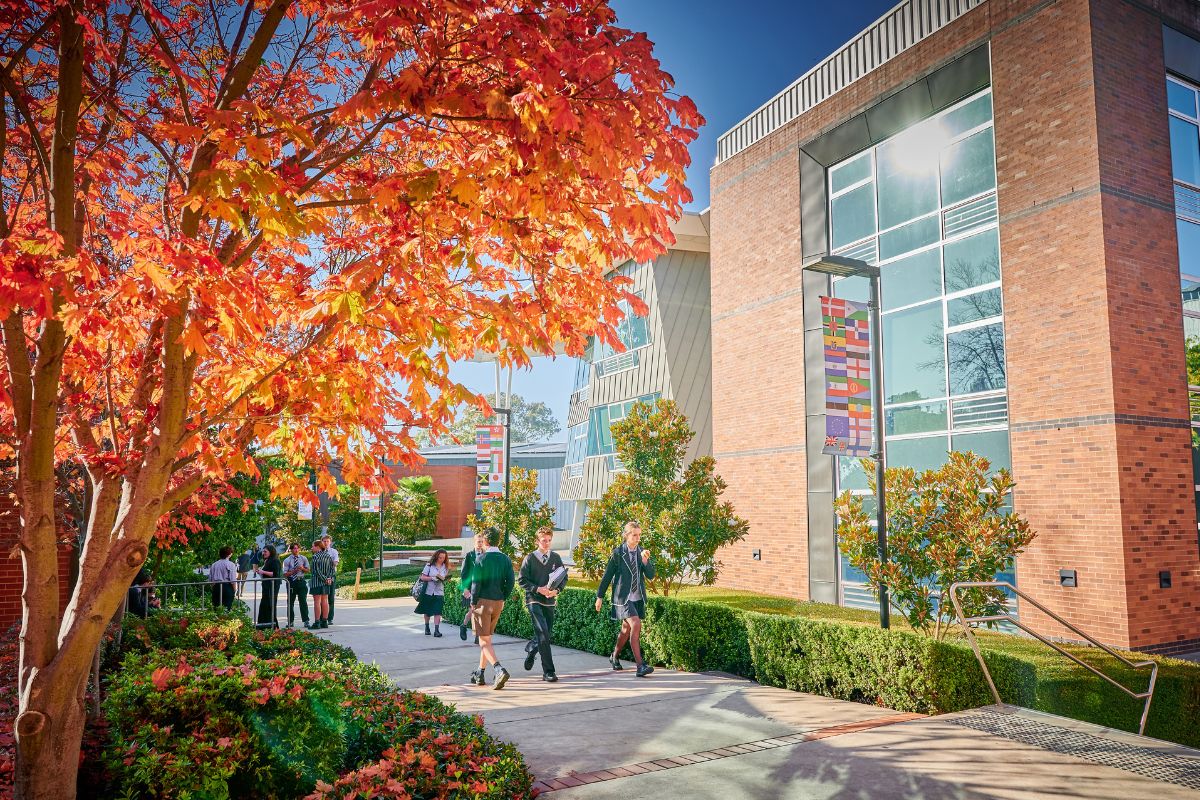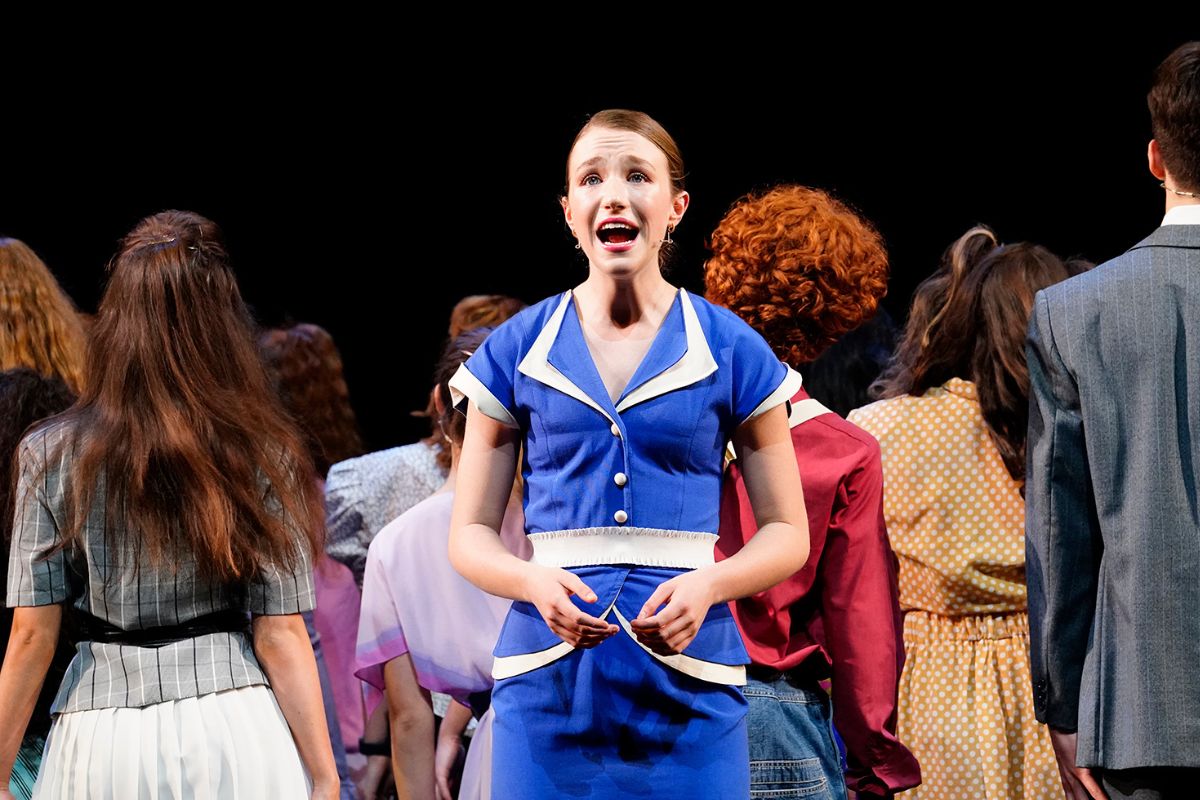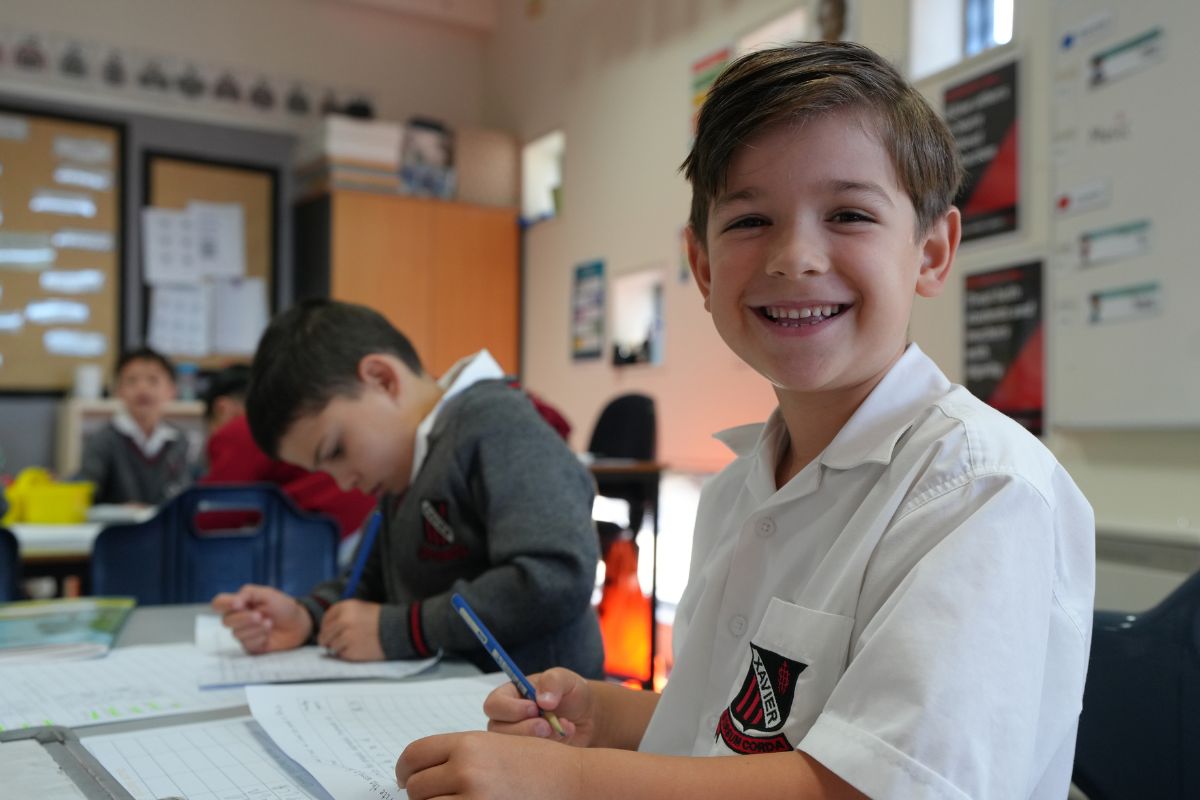Education 2014/2015 – The Big Picture
Australian Curriculum
The national curriculum is produced by the Australian Curriculum, Assessment and Reporting Authority (ACARA) in consultation with educators.
The Australian curriculum sets out the core knowledge, understanding, skills and general capabilities important for all Australian students.
It describes the learning entitlement of students as a foundation for their future growth and makes clear what young Australians should learn as they progress through their school years.
It is also the foundation for the highquality teaching required to meet the needs of Australian students. ACARA developed the Australian Curriculum in consultation with states and territories.
Education authorities in each state and territory have responsibility for implementation of the Australian curriculum and for supporting schools and teachers. Recent changes in 2014 ensure that new Kindergarten to Year 10 syllabuses for English, Mathematics, Science and History will commence being taught in NSW schools. These syllabuses will incorporate Australian curriculum content and will gradually be introduced into schools over the next two years.
To access more information relating to the development of syllabuses, visit www.syllabus.bos.nsw.edu.au
New school-leaving age
In May 2009, a law was passed that increased the school-leaving age from 15 to 17.
This law became effective on January 1, 2010, and applies to government, independent and private schooling as well as home schooling.
The change was made in response to research that shows children who leave school later are more likely to become employed, earn higher wages and enjoy a better quality of life.
The new law applies to children who are aged less than 15 on January 1, 2010, and also to students aged between 15 and 17 who completed Year 10 in 2009 or who were registered for home schooling in 2009. Now that participation is compulsory up to age 17, students must continue to stay at school beyond their Year 10 studies and participate in further education pathways that are approved by the NSW Department of Education and Communities.
Approved pathways include the Higher School Certificate, TAFE vocational training courses, full-time paid employment or a combination of further education and paid employment.
From Kindergarten to Year 12
A student who has completed Kindergarten to Year 12 will have spent close to 15,000 hours in the education system.
Their journey begins in Kindergarten, before they are placed in primary school, where children complete seven years of primary education. Students leave primary school when they have completed Year 6 and move on to high school to begin Year 7. Virtually all students continue their education up to the point when they are first eligible for a Record of School Achievement (normally at around 16 years or age).
Most then go on to complete the Higher School Certificate. Many HSC graduates further their studies at a tertiary institution, such as a TAFE or university.
NSW schools provide a variety of education pathways for students in between the time they first become eligible for a Record of School Achievement (RoSA) and when they leave school. After primary school, there’s a wide selection of secondary schools to which you can apply.
The choices include both government and non-government schools. All children are guaranteed a place in their local government primary and/or high school, however within the government sector you may also choose to apply to a non-local primary or high school, a selective school or a specialised school.
This means parents have the opportunity to send their child to a school that best fits their child’s individual needs and abilities.
Special needs
Students with confirmed disabilities may enrol in one of a range of school environments, including regular classes, special classes in regular schools (depending on eligibility) and special schools (depending on eligibility). The aim of educational authorities in NSW is to ensure that no student misses out. Hospital schools, community care schools, schools for a specific purpose and schools for deaf and blind children ensure education is available to all students regardless of their educational and physical needs. Life Skills courses have also been developed by the Board of Studies, Teaching and Educational Standards NSW (BOSTES). These courses have been designed for students, particularly those with an intellectual disability, who cannot access regular course outcomes and content, even with adjustments to teaching, learning and assessment.
Life Skills courses contribute a student’s pattern of study for the HSC, but do not contribute towards an ATAR.
Students Learning an Additional Language or Dialect (ELA/D)
Many students in Australian schools are learning English as an additional language or dialect (EAL/D).
EAL/D learners are students whose first language is a language other than Standard Australian English and who require additional support to assist them to develop English language proficiency. EAL/D students come from diverse backgrounds and may include: Overseas- and Australian-born children whose first language is a language other than English Aboriginal and Torres Strait Islander students whose first language is an Indigenous language, including traditional languages Aboriginal and Torres Strait Islander students whose first language is Aboriginal English, including creoles and related varieties. EAL/D learners enter Australian schools at different ages and stages of schooling and at different stages of English language learning.
They have diverse talents and capabilities, and a range of prior learning experiences and levels of literacy in their first language and in English.
EAL/D students represent a significant and growing percentage of learners in NSW schools.
Distance education
If you live in a remote part of the state, government education is available through resources such as Distance Education Centres.
These are located throughout the state and provide isolated students with a teaching and learning program supplemented with experiences such as satellite lessons and fields.
For those primary and secondary schools in geographically isolated areas that are educationally disadvantaged by their location, Commonwealth funding is provided by the NSW Country Areas Program (CAP). CAP is designed to assist schools and their communities to enhance the learning outcomes and educational opportunities for students in geographically isolated areas.
The early years of schooling
Pre-schools The NSW Government operates 100 preschools across NSW and many private pre-schools operate across communities.
Preschools provide educational programs for your child prior to enrolment in Kindergarten. Kindergarten is the initial year of schooling in NSW.
Children who enter Kindergarten in NSW must turn five by 31 July in the year in which they are enrolled.
When starting Kindergarten, students in government schools undertake a Best Start Assessment that helps teachers identify the literacy and numeracy skills of the student and enables the teacher to develop learning programs accordingly. The purpose of the seven years spent in primary school is to promote the development of individual students as well as to lay the basic educational foundations for their effective participation in society. With this objective, primary school teachers provide learning experiences that engage students in a wide variety of interesting and meaningful activities.
These enhance the quality of school life and prepare students to respond creatively and effectively to the challenges of our rapidly changing society. All NSW government primary schools are co-educational.
Gifted and talented children may also be eligible for early entry to Kindergarten.
If considering this as an option, organise an appointment with your chosen school where your child will be reviewed by the school in consultation with yourself. Curriculum The seven years of primary schooling are divided into Stages of Learning.
Early Stage 1 is Kindergarten, Stage 1 — Years 1 and 2, Stage 2 — Years 3 and 4, and Stage 3 — Years 5 and 6.
Reflected in the curriculum is an awareness of the central importance of basic skills for all children, including literacy and numeracy, reasoning and information processing, communicating and creative and imaginative thinking. The Key Learning Areas (KLAs) in the primary years of schooling are: English, Mathematics, Science and Technology, Human Society and its Environment (HSIE), Creative Arts and Physical Development, Health and Physical Education (PDHE). Each of the KLAs have learning outcomes for students that are used by teachers to develop their teaching and learning programs.
For more information visit http:// k6.boardofstudies.nsw.edu.au/wps/portal/ go/parents/parents-guide-to-the-nswprimary- syllabuses National Assessment Program In 2008, the National Assessment Program — Literacy and Numeracy (NAPLAN) was introduced for all students in Years 3, 5, 7 and 9.
The purpose of the program is to assess the literacy and numeracy learning of students in all Australian schools. The results of these tests will provide information for teachers and parents and help inform teachers in their ongoing efforts to address the literacy and numeracy needs of their students. In NSW, the NAPLAN test replaced the Basic Skills Tests, English Language and Literacy Assessment (ELLA) and Secondary Numeracy Assessment Program (SNAP).
It is designed to provide information on student performance across a number of achievement levels.


